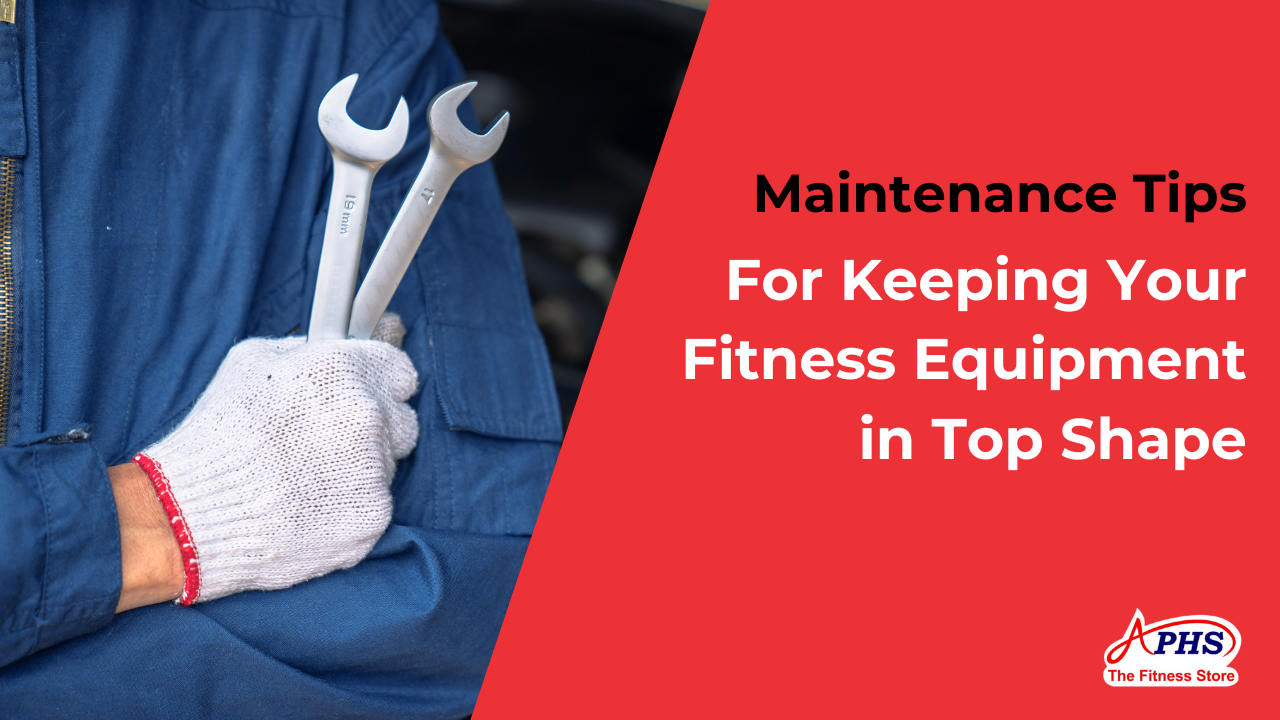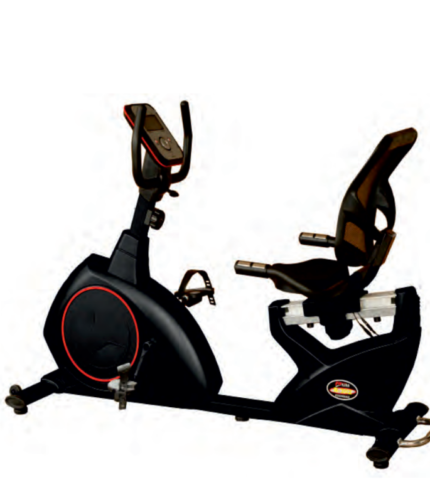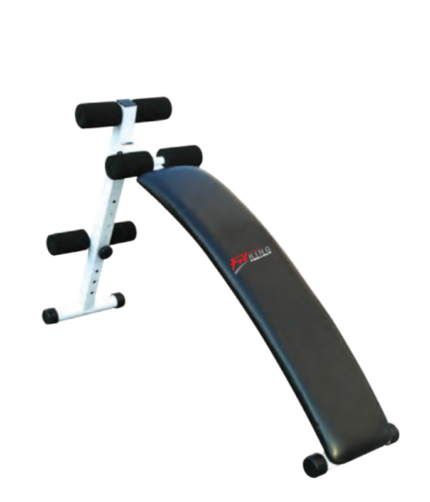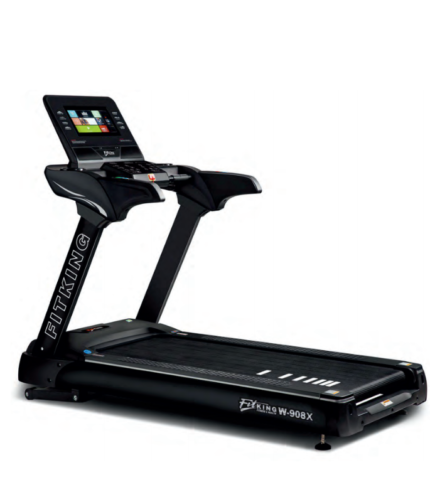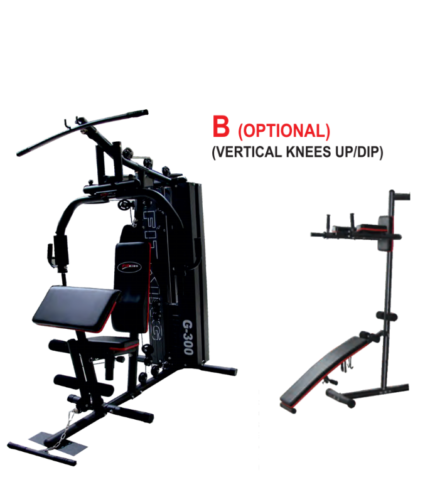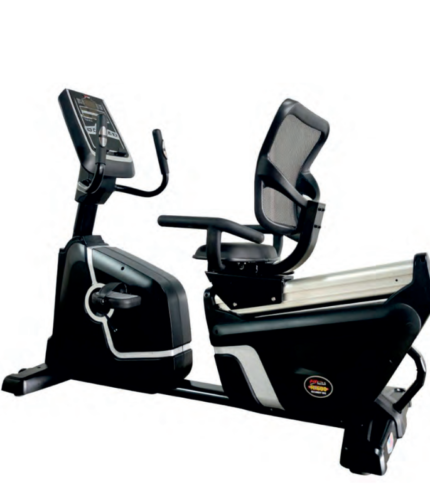Fitness equipment is an investment in your health and well-being. Whether you have a home gym or frequent a commercial facility, maintaining your equipment is essential for safety, performance, and longevity. In this blog post, we’ll explore effective maintenance tips that will help you keep your fitness equipment in top shape.
Understanding the Importance of Equipment Maintenance
Before diving into specific maintenance tips, it’s crucial to understand why maintaining your fitness equipment is important:
- Safety: Well-maintained equipment reduces the risk of accidents and injuries.
- Performance: Regular maintenance ensures that your machines function optimally, providing the best workout experience.
- Longevity: Proper care extends the lifespan of your equipment, saving you money in the long run.
- Hygiene: Regular cleaning prevents the buildup of germs and bacteria, promoting a healthier workout environment.
General Maintenance Guidelines
1. Read the Manual
Every piece of fitness equipment comes with a user manual that includes manufacturer recommendations for maintenance. Familiarize yourself with these guidelines as they provide specific instructions tailored to your equipment.
2. Create a Maintenance Schedule
Establishing a routine maintenance schedule can help you stay organized and ensure that no tasks are overlooked. Depending on usage frequency, consider scheduling maintenance weekly, monthly, or quarterly.
3. Keep a Log
Maintain a log of all maintenance activities performed on each piece of equipment. This log can help track when parts were last serviced or replaced and identify patterns that might indicate larger issues.
Cleaning Your Equipment
1. Wipe Down After Each Use
Sweat and grime can accumulate quickly on fitness equipment. Use a clean cloth and an appropriate cleaning solution (preferably one that’s safe for electronics) to wipe down surfaces after each use.
2. Use Appropriate Cleaning Products
Avoid harsh chemicals that could damage your equipment. Instead, opt for mild detergents or specialized fitness equipment cleaners. For surfaces like rubber or foam, ensure the cleaner is safe and non-corrosive.
3. Pay Attention to High-Touch Areas
Focus on cleaning areas that come into direct contact with skin, such as handles, seats, and footrests. This will help minimize the spread of germs.
Specific Maintenance Tips by Equipment Type
Treadmills
1. Lubricate the Belt
Regularly lubricating the treadmill belt helps reduce friction and wear. Check your manual for recommended lubrication intervals and products.
2. Check the Alignment
Ensure the belt is properly aligned; an off-center belt can cause excessive wear and tear. Adjust it according to the manufacturer’s instructions if necessary.
3. Inspect the Deck
The treadmill deck should be checked for wear over time. If you notice any significant damage or unevenness, it may need replacement.
Stationary Bikes
1. Clean the Frame and Components
Dust and sweat can accumulate on stationary bikes, so regularly clean all parts, including the frame, seat, handlebars, and flywheel.
2. Check the Resistance Mechanism
Ensure that the resistance mechanism functions smoothly. If it feels sticky or unresponsive, it may need lubrication or adjustment.
3. Tighten Loose Parts
Regularly inspect bolts and screws to ensure everything is tight and secure to prevent rattling or malfunctioning during use.
Weight Machines
1. Inspect Cables and Pulleys
Check cables for fraying or wear and ensure pulleys are functioning smoothly without any obstructions.
2. Keep Weight Plates Clean
Dust can accumulate on weight plates over time; regularly wipe them down to maintain their appearance and functionality.
3. Lubricate Moving Parts
Apply lubricant to moving parts according to manufacturer recommendations to ensure smooth operation.
Free Weights
1. Store Properly
Always return weights to their designated storage area after use to prevent accidents and damage.
2. Inspect for Damage
Regularly check dumbbells, barbells, and plates for any signs of wear or damage; replace any compromised equipment immediately.
Additional Tips for Maintaining Your Home Gym Environment
1. Control Humidity Levels
Excess humidity can lead to rusting and corrosion of metal components in your fitness equipment. Consider using a dehumidifier if you live in a humid climate.
2. Ensure Proper Ventilation
Good airflow helps reduce moisture buildup from sweat and prevents mold growth in your gym area.
3. Invest in Flooring Protection
Use gym mats or rubber flooring to protect both your equipment and your floors from damage during workouts.
Troubleshooting Common Issues
1. Unusual Noises
If you hear strange noises coming from your equipment while in use, stop immediately and investigate the source of the sound—this could indicate loose parts or mechanical issues that require attention.
2. Unresponsive Controls
For electronic machines like treadmills or stationary bikes, if controls become unresponsive, check power connections and batteries (if applicable) before seeking professional assistance.
3. Inconsistent Resistance
If you notice inconsistent resistance on machines like stationary bikes or weight machines, this may indicate worn cables or malfunctioning resistance mechanisms that need servicing.
When to Call a Professional?
While regular maintenance can often be handled independently, there are times when professional help is necessary:
- Complex Repairs: If there are mechanical issues beyond basic troubleshooting.
- Electrical Problems: For any electrical malfunctions or wiring issues.
- Annual Servicing: Some manufacturers recommend annual professional servicing for optimal performance.
Conclusion
Maintaining your fitness equipment doesn’t have to be daunting; with consistent care and attention, you can ensure that your investment serves you well for years to come. By following these tips—cleaning regularly, adhering to manufacturer guidelines, scheduling routine checks—you’ll not only enhance safety but also improve performance during workouts.
Remember that a well-maintained gym environment not only benefits you but also anyone else who uses the space—whether at home or in a public facility—creating a positive atmosphere for everyone involved in their fitness journey!


